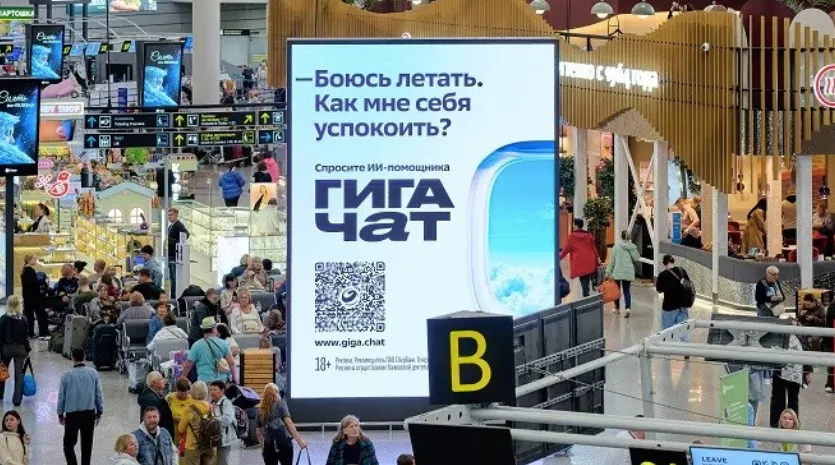Foreign Airline Connected to Russia’s Digital Air-to-Ground Data Transmission System
The Russian aviation sector has taken a notable step toward digital independence by connecting the Belarusian airline Belavia to the country’s domestic ACARS-based data‑exchange system, enabling real‑time communication between crews and ground services.

A New Milestone in Aviation Data Exchange
Rostec has connected the Belarusian airline Belavia to Russia’s aircraft‑to‑ground digital data transmission system ACARS, marking the first time a foreign carrier has been integrated into this domestically developed aviation communication service.
The system was created by specialists from Infocom-Avia and Azimut as a full replacement for foreign equivalents. A national data-processing center and a network of ground stations were deployed along major north–south and east–west flight corridors. The infrastructure enables real‑time information exchange between flight crews and dispatchers, including during critical operational scenarios.
Expanding Coverage and Capabilities
Currently, leading Russian airlines—including Aeroflot and S7—are already connected to the platform. The roadmap includes broadening the service area and increasing the number of participating carriers.
Belavia crews are already actively using the service. Through the ACARS system, they receive real‑time updates on aircraft condition, systems performance, and operational parameters during flight. The ability to exchange weather data, route restrictions, and other critical information enhances flight efficiency and improves situational awareness for both cockpit crews and ground specialists.
Belavia flight detachment commander Oleg Saltovsky emphasized that the service helps optimize fuel usage and allows operators to schedule maintenance immediately upon landing when needed.
Toward Broader Aviation Digitalization
The integration of a foreign airline illustrates the growing maturity of Russia’s digital aviation infrastructure. By relying on domestic systems for mission‑critical communication, the industry is reducing dependency on Western technologies while offering capabilities that can be extended internationally.
The system’s ability to streamline communication workflows, strengthen safety, and support proactive aircraft servicing has the potential to become a strong export asset—especially for airlines seeking resilient alternatives amid increasingly complex global technological landscapes.









































